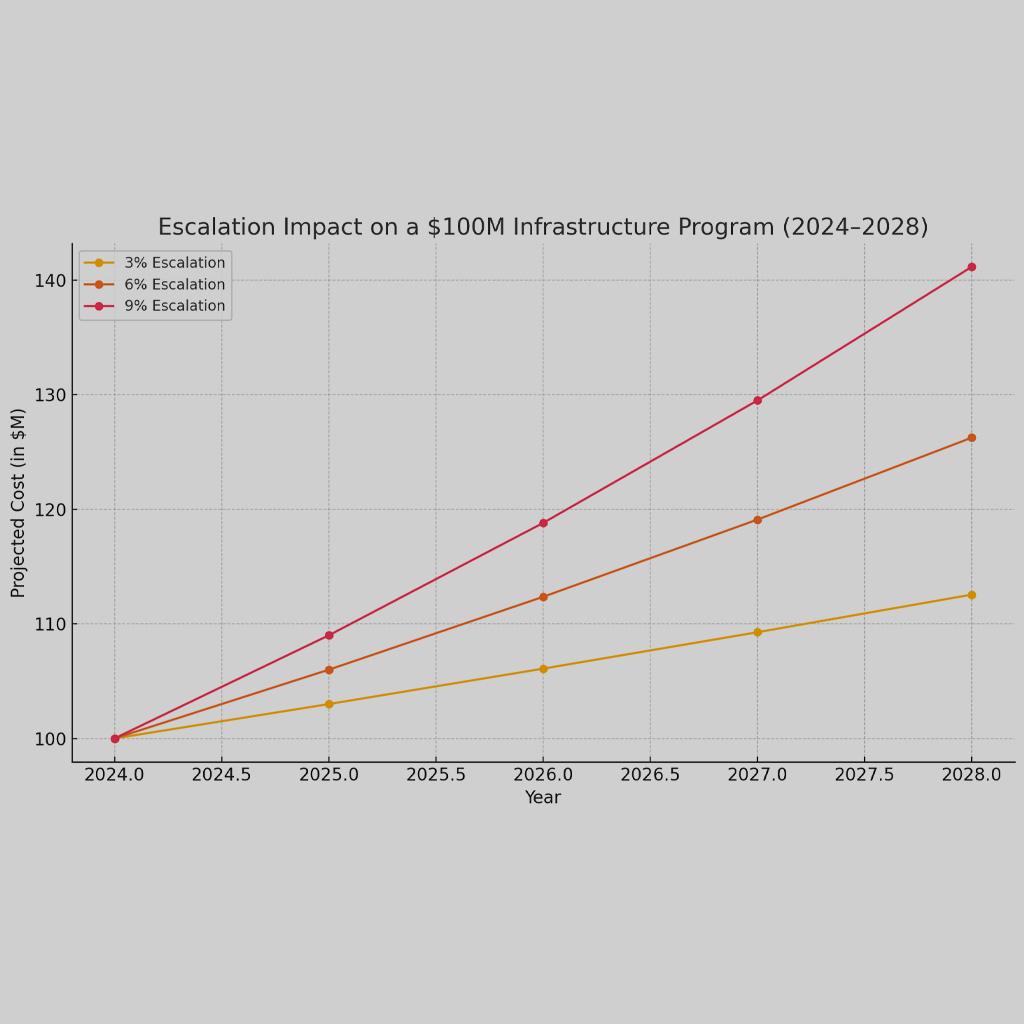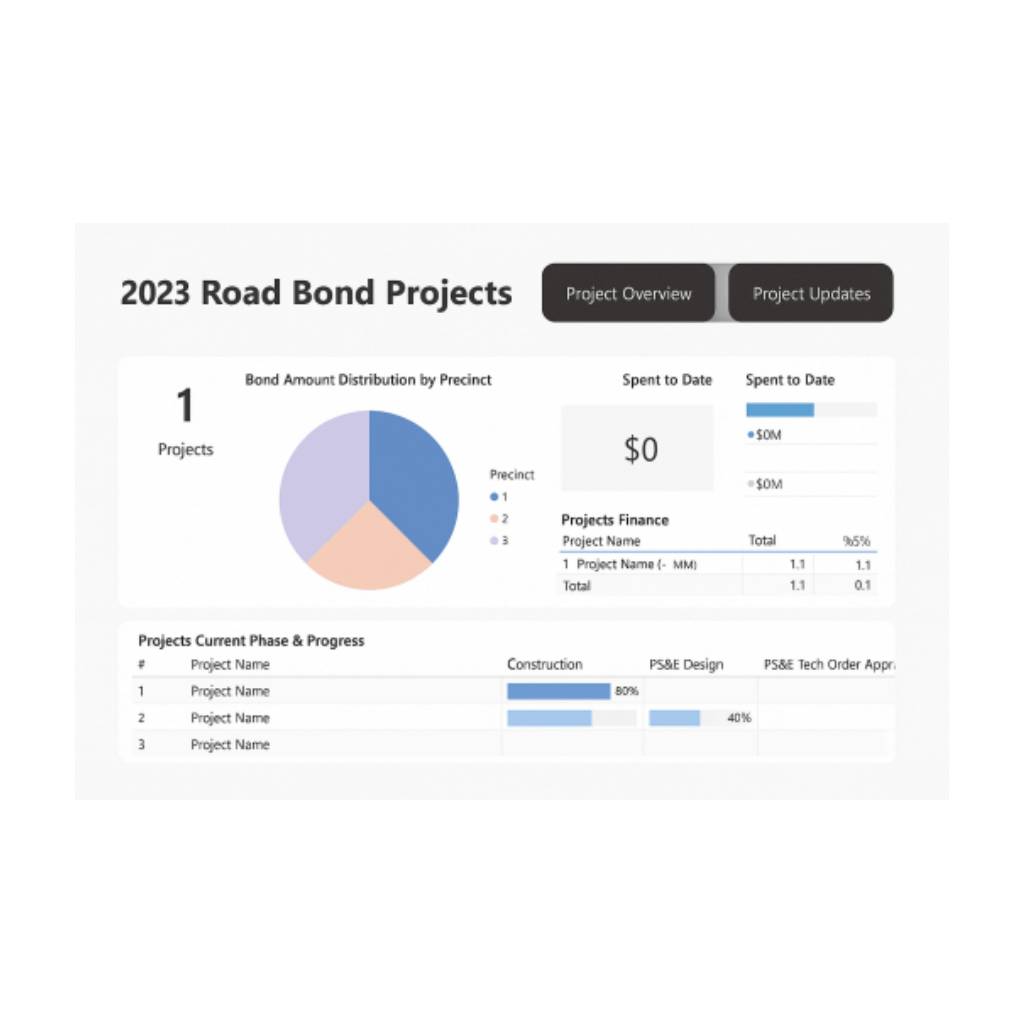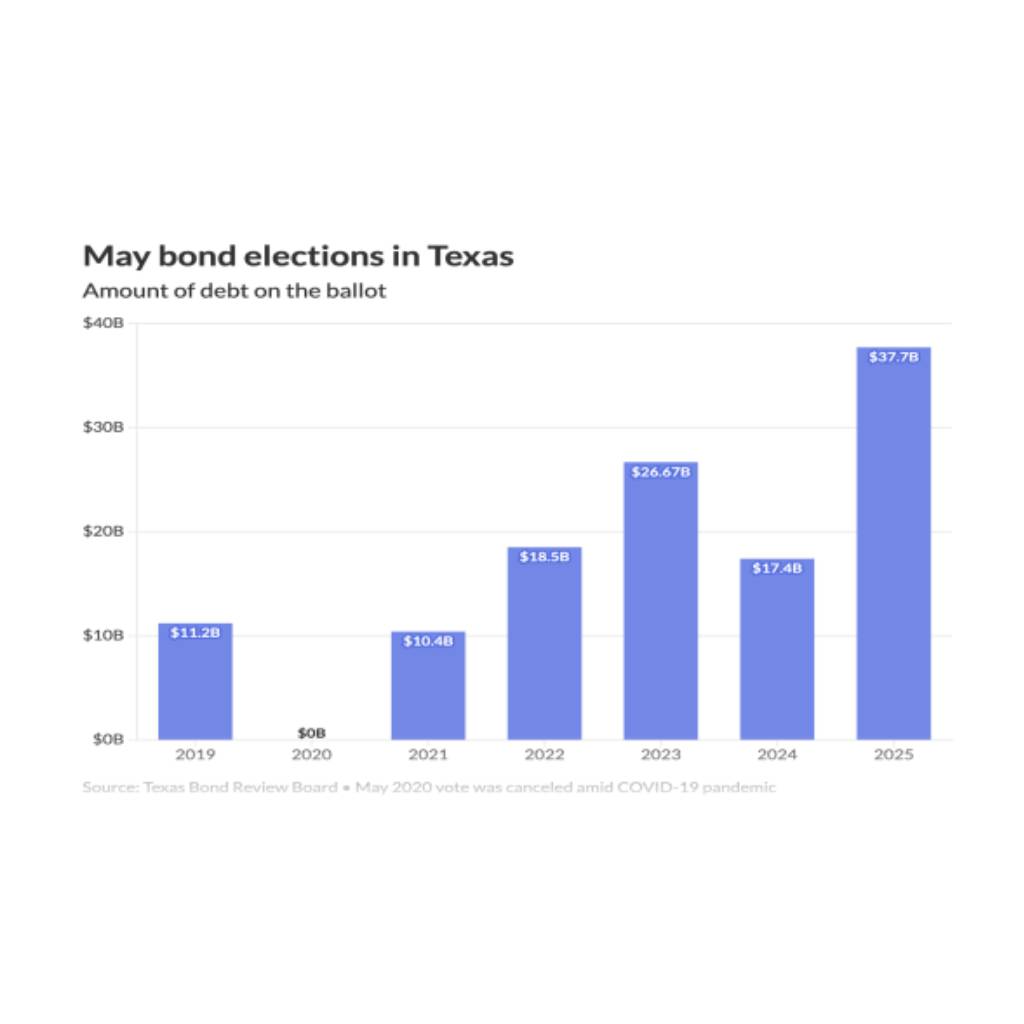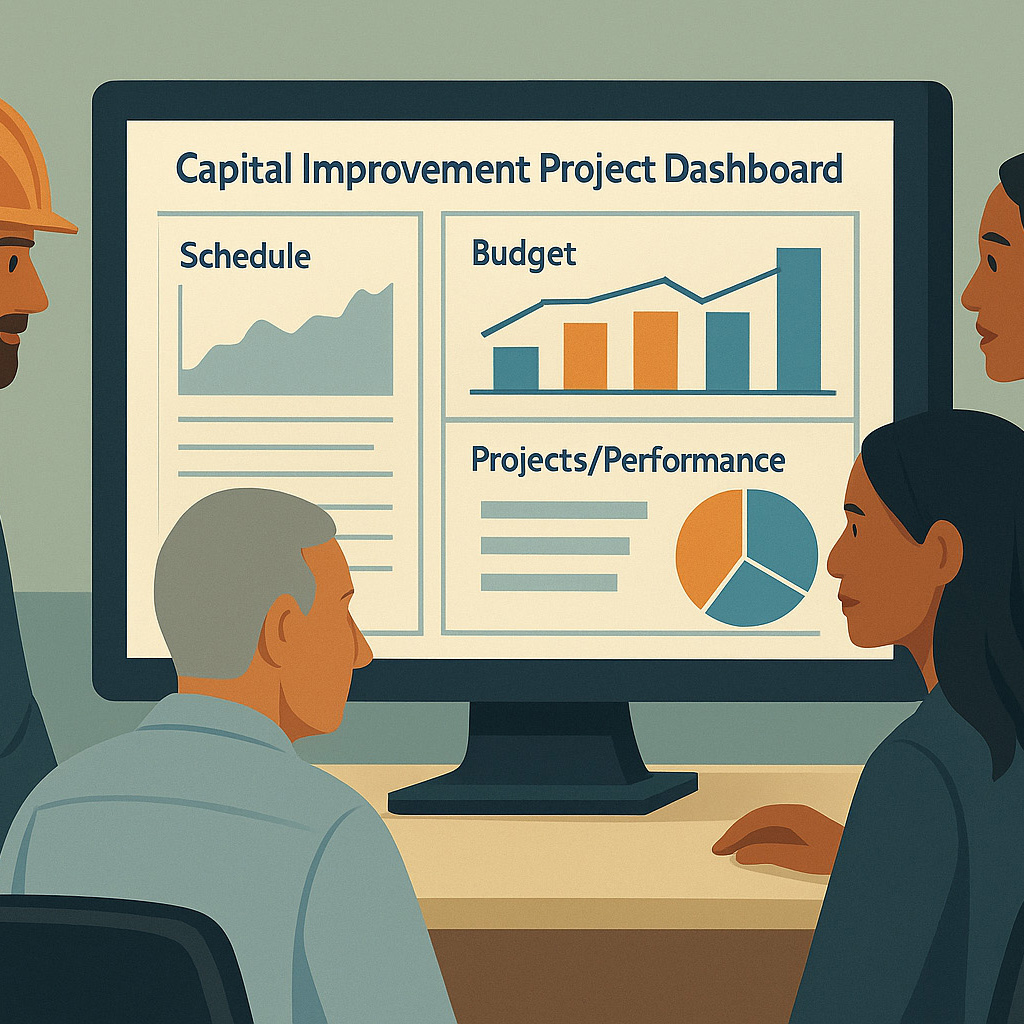A Capital Improvement Bond Program is a financing tool used by governments to fund major infrastructure projects and upgrades. This type of program enables the issuing of bonds that can be sold to investors, with the proceeds being used to finance projects such as roads, bridges, schools, and other public facilities. Capital improvement bond programs have been used for many years and are a popular method of financing infrastructure projects as they provide a predictable source of funding, can be structured to meet the specific needs of each project, and can be tailored to fit the financial capacity of each government entity.
The Benefits of Capital Improvement Bond Programs
- Reliable Source of Funding: Capital improvement bond programs provide a reliable source of funding for infrastructure projects, especially for smaller government entities that may not have the resources to fund major projects through their operating budgets.
- Long-term Planning: With a predictable source of funding in place, government entities can plan and execute major infrastructure projects over several years, providing them with the flexibility to take on large, complex projects.
- Improved Creditworthiness: By demonstrating a commitment to maintaining and improving public infrastructure, government entities can demonstrate their ability to manage their finances effectively, which can help to attract investment and improve their overall financial stability.
The Risks of Capital Improvement Bond Programs
- Repayment Risk: The government entity issuing the bonds may not be able to repay the debt as it comes due to a decline in tax revenue, economic downturns, or other unforeseen circumstances.
- Project Completion Risk: The government entity may not be able to complete the projects they have committed to, due to factors such as cost overruns, delays, or other unexpected events, resulting in the bonds being defaulted on.
- Cost Overruns: The cost of the projects may exceed the original estimates due to rising construction costs, changes in the scope of the project, or other unforeseen expenses, resulting in the bond program becoming more expensive than originally anticipated.
Types of Projects Funded by Capital Improvement Bond Programs
- Construction of New Public Facilities: This can include building new schools, libraries, community centers, parks, and other public facilities that serve the local community.
- Upgrades to Existing Public Facilities: This can include renovating or retrofitting existing schools, libraries, parks, and other public facilities to meet the changing needs of the community.
- Infrastructure Improvements: This can include upgrading or building new roads, bridges, water systems, and other essential infrastructure that supports the local community.
Supporting Statistics
- Job Creation: Capital Improvement Bond Programs can create job opportunities in the construction and building industries, both during the planning and implementation phases of the projects. According to the Bureau of Labor Statistics, construction and extraction occupations are projected to grow 5% from 2019 to 2029, faster than the average for all occupations.
- Increased Property Values: Studies have shown that improvements made through Capital Improvement Bond Programs can lead to increased property values. A study conducted by the National Association of Home Builders found that every $1 spent on infrastructure improvements can increase surrounding property values by up to $20.
- Improved Quality of Life: Capital Improvement Bond Programs can result in improved quality of life for local communities. The construction of new public facilities, upgrades to existing ones, and improvement of infrastructure can provide residents with better access to essential services, improved safety, and a more vibrant community.
Capital Improvement Bond Programs are an effective way for local schools and governments to address long-term capital needs and improve the quality of life for their communities. With a wide range of projects that can be funded, and the potential for significant benefits such as job creation, increased property values, and improved quality of life, these programs can have a lasting impact.
At Front Line Advisory Group, we transform Capital Improvement Bond Management through expertise & industry knowledge. We empower clients & maximize tax dollars through Program Management Consulting. Contact us for more info at info@frontlineadvisorygroup.com.













